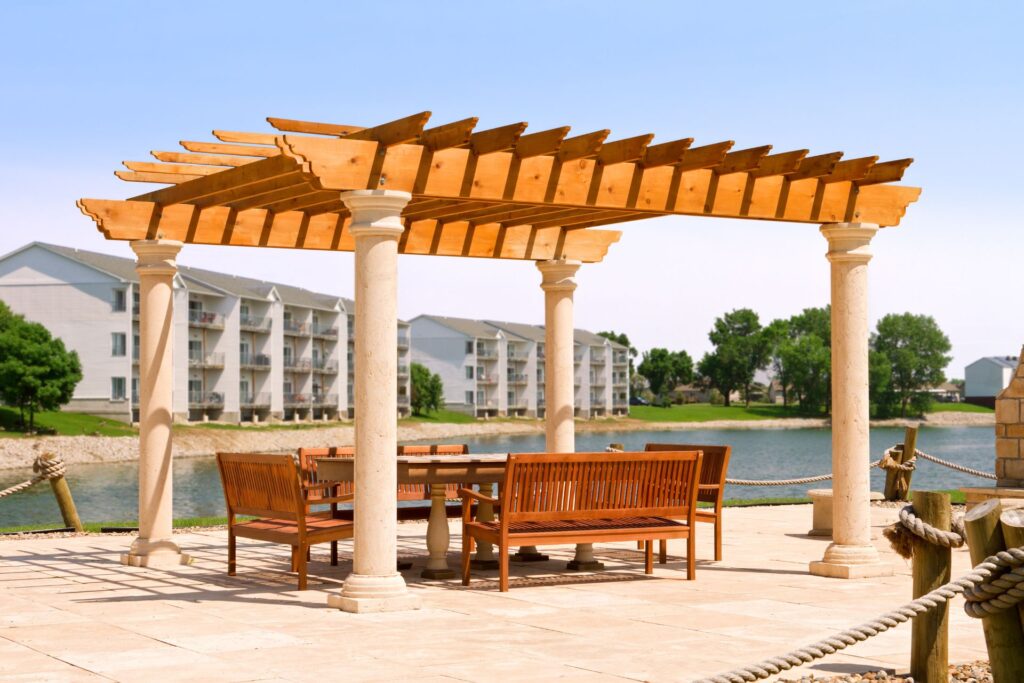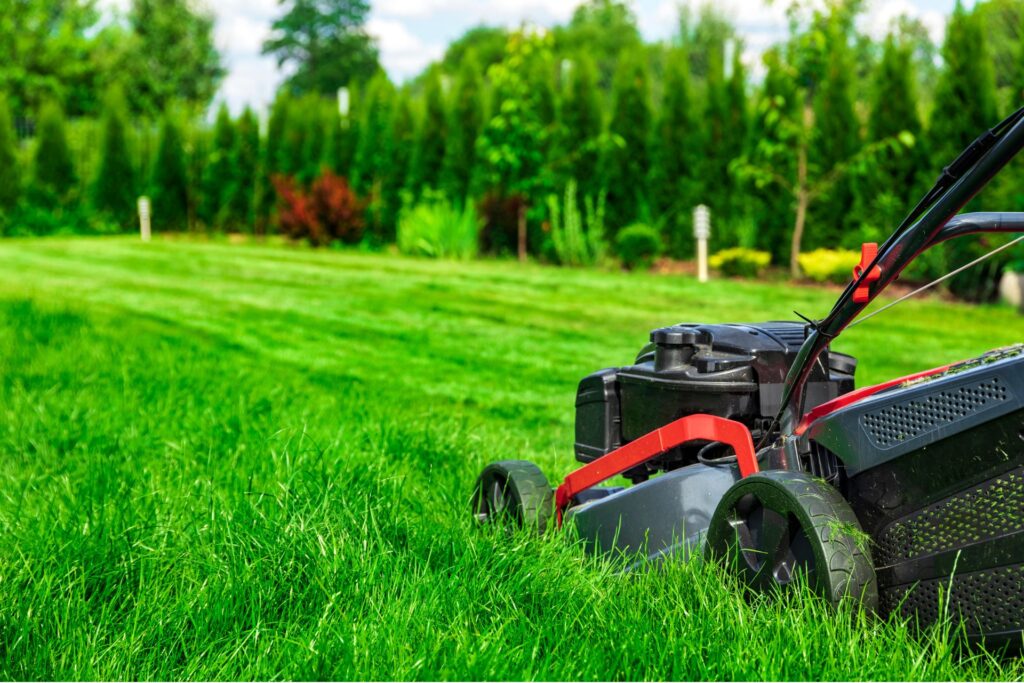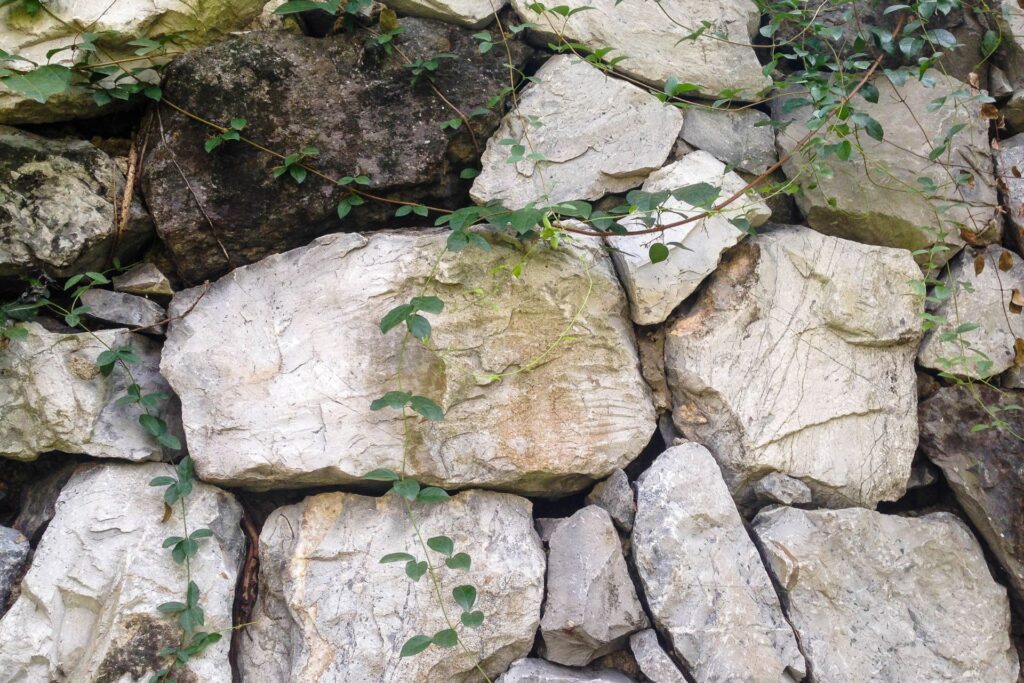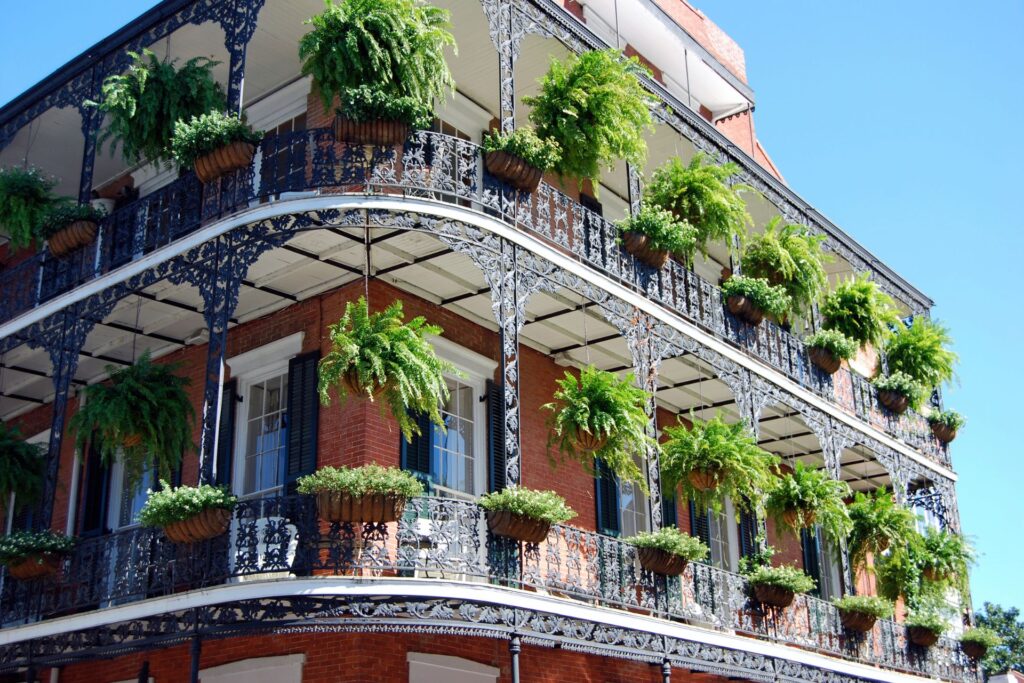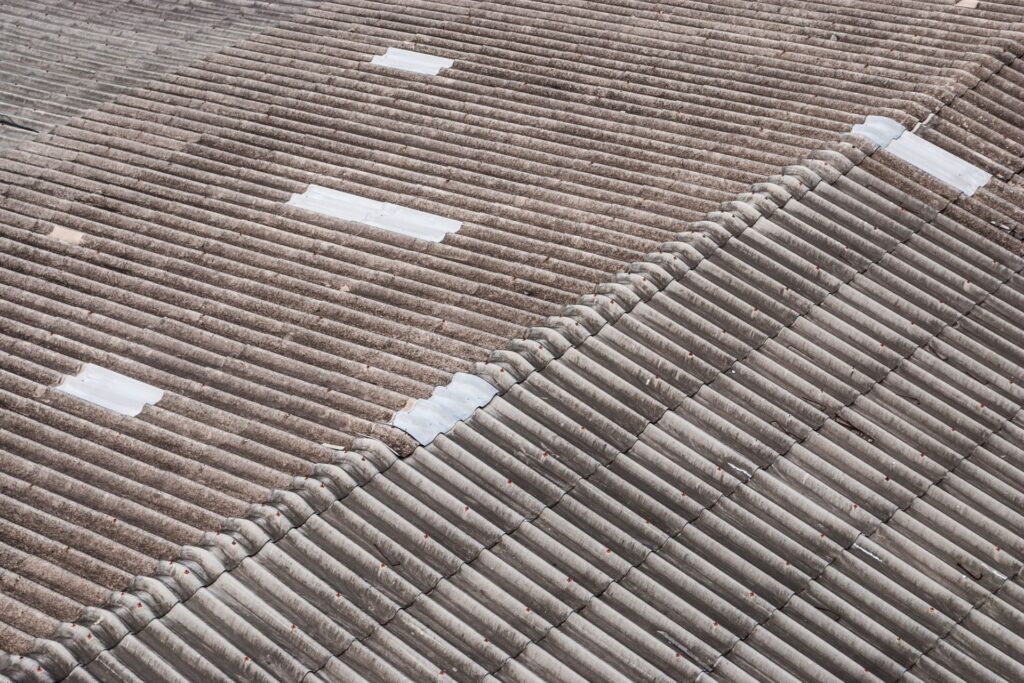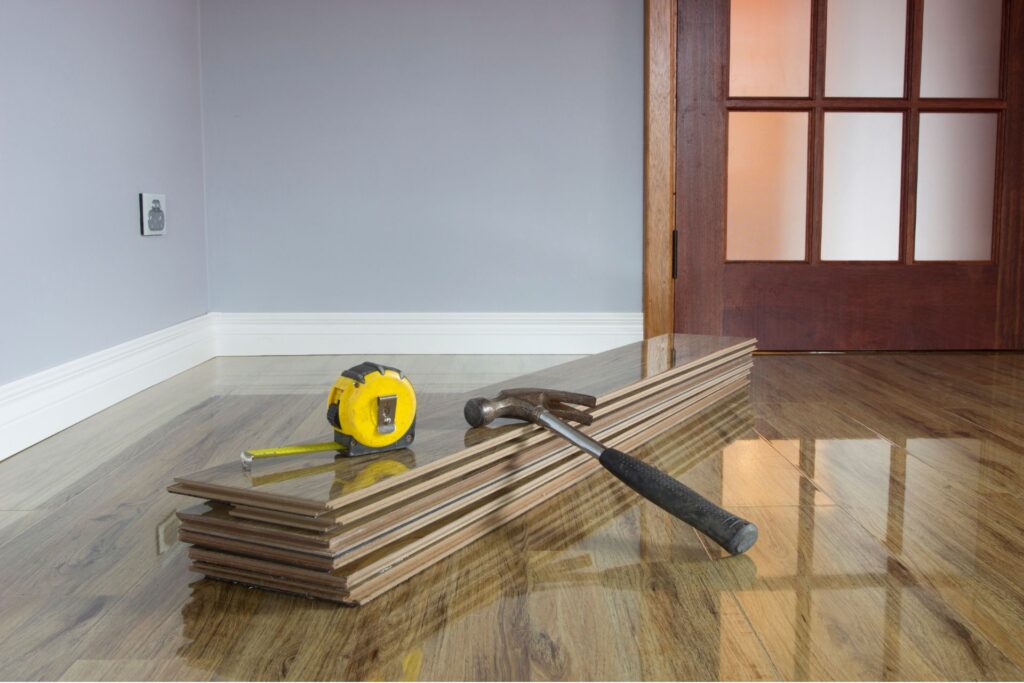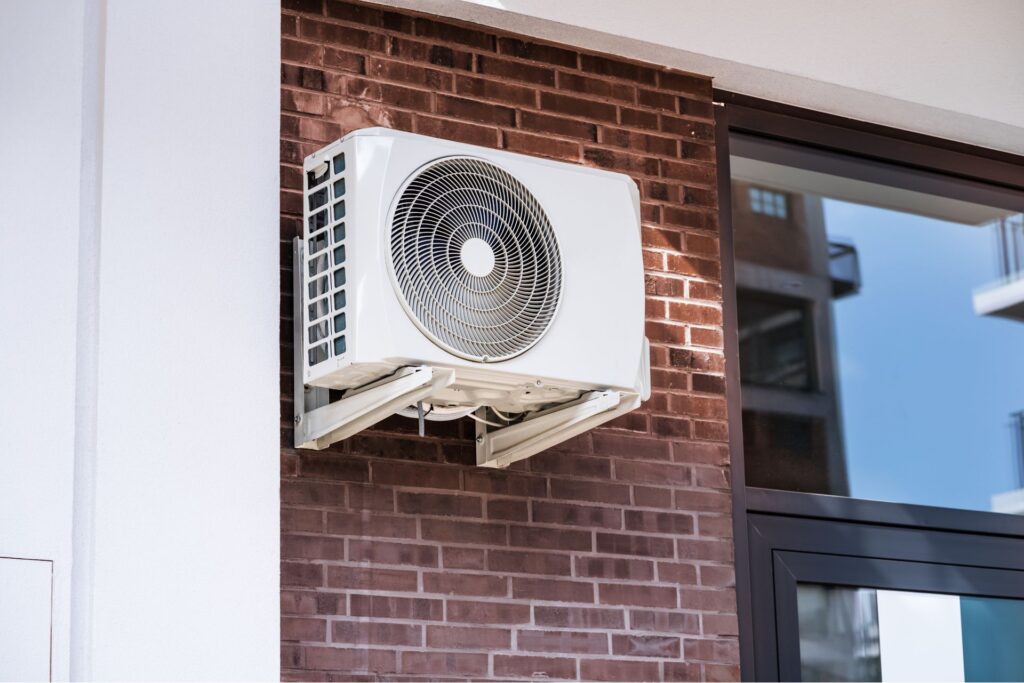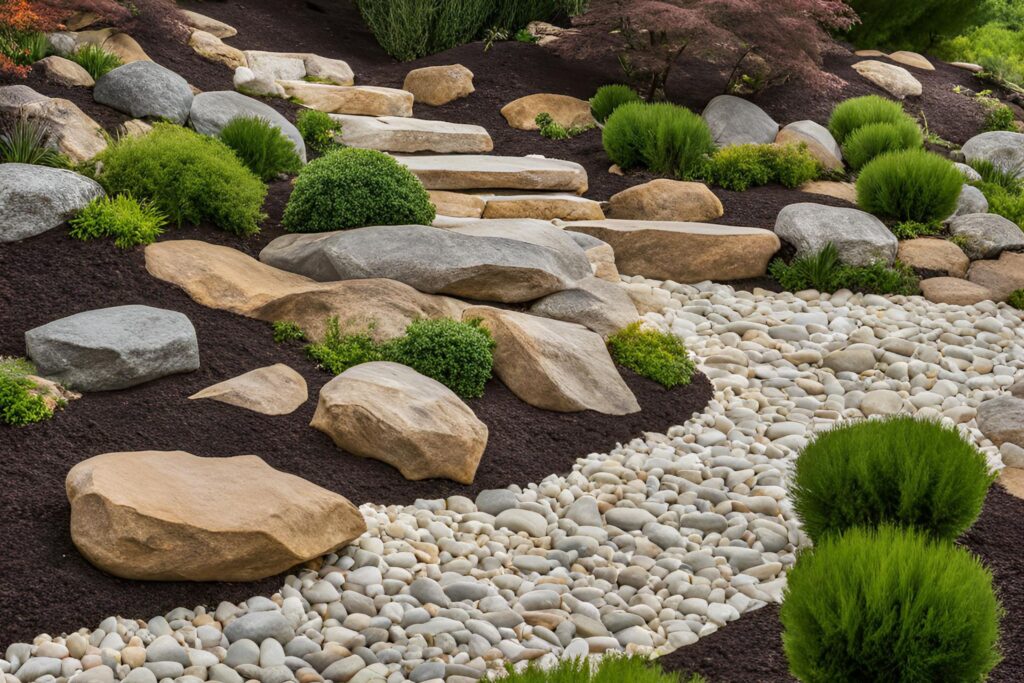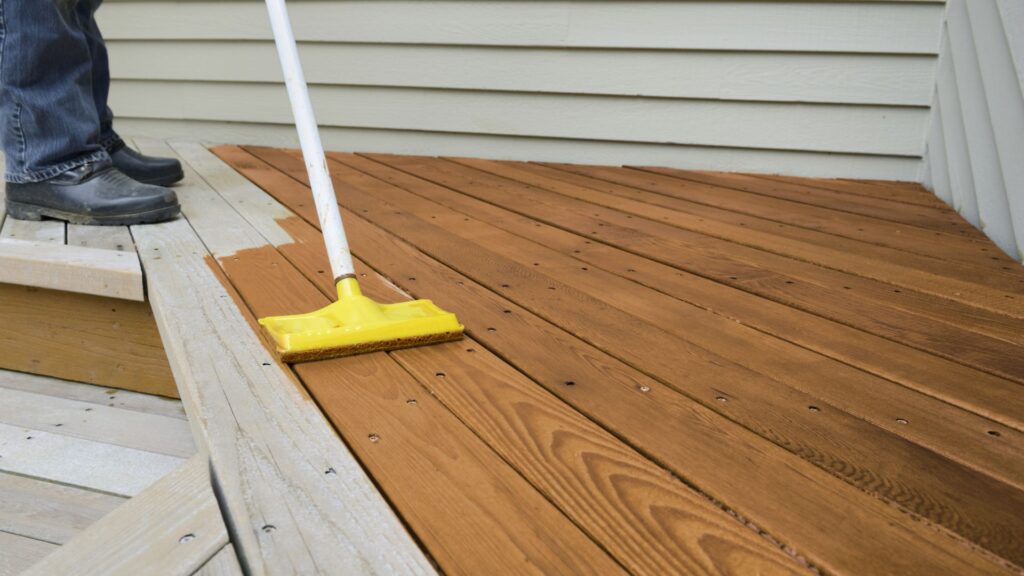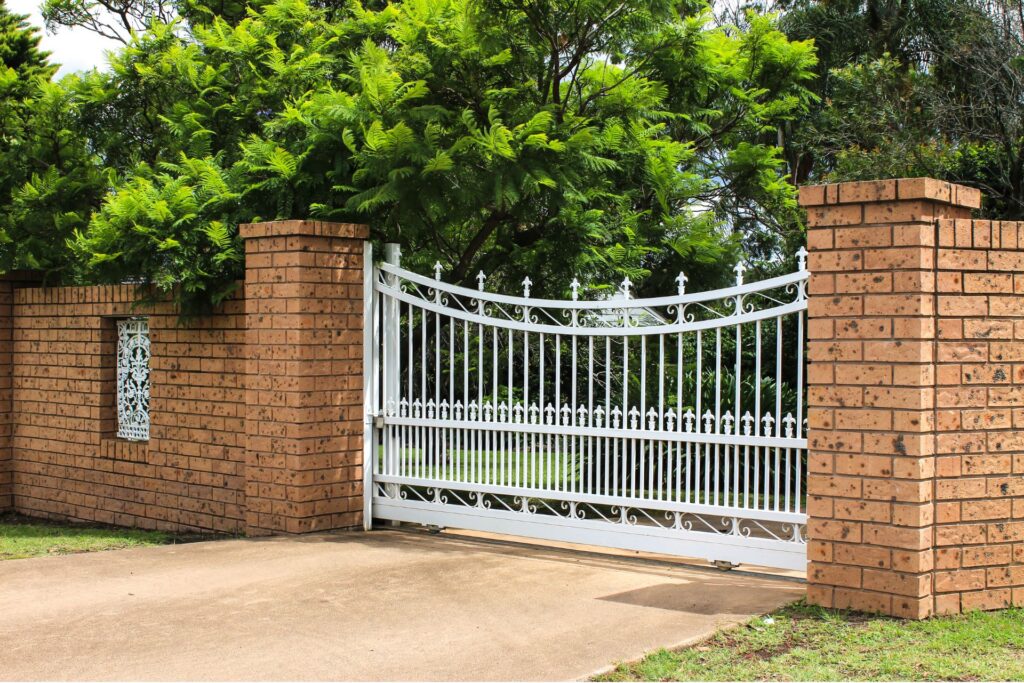Welcome to our comprehensive guide on garden shed installation costs in New Zealand. Whether you’re considering adding a practical storage solution to your property or dreaming of a cozy backyard retreat, understanding the financial implications of such an addition is crucial. In this post, we’ll delve into the various types of garden sheds available, from charming wooden models to sturdy metal options, and discuss how factors like size, materials, and location can affect your overall expenses. Our goal is to equip you with the knowledge needed to make informed decisions about budgeting for your shed installation, ensuring you get the best value for your investment while enhancing your outdoor space.
On average, installing a garden shed in New Zealand costs between NZ$500 for a basic small shed to over NZ$5,000 for a large, custom-built model with professional installation. Factors influencing the price include the material of the shed (wood, metal, plastic), size, foundation requirements, and additional customizations like windows, electricity, or plumbing. It’s also important to consider the costs of any necessary permits and the accessibility of the installation site, as these can significantly affect the overall expense.
- Types Of Garden Sheds Available In New Zealand
- Size And Its Impact On Cost
- Cost Factors Involved In Shed Installation
- DIY Vs. Professional Installation
- Additional Costs To Consider
- How To Save Money On Your Garden Shed Installation
- Step-By-Step Guide To Garden Shed Installation (DIY Focus)
- Case Studies/Real-Life Examples
- FAQs: About Garden Shed Installation Costs In New Zealand
- Conclusion
- Find A Landscaping Company Near You
Types Of Garden Sheds Available In New Zealand
Garden sheds are a quintessential part of many New Zealand homes, providing practical storage solutions and enhancing the aesthetic of outdoor spaces. Whether you’re a gardening enthusiast needing space for your tools or you’re looking to declutter your home, there’s a garden shed that fits your needs. In New Zealand, garden sheds primarily come in three materials: wood, metal, and plastic. Each type offers unique benefits and can suit different preferences and requirements. Let’s delve into the details of these materials and discover how they stand up to New Zealand’s diverse climate.
Wooden Sheds: A Blend of Tradition and Elegance
Wooden sheds are popular for their classic look and natural aesthetic, which blend seamlessly into garden landscapes. They are highly valued for their versatility and customization options. You can easily paint, stain, or treat the wood to match your home’s exterior or garden setting. Moreover, wooden sheds can be built to include windows, shelving, and various roof styles, allowing for a personalized touch.
However, the beauty of wooden sheds comes with the need for maintenance. In New Zealand’s humid climate, wood is susceptible to rot, pests, and decay if not properly treated. Regular staining or painting and pest treatments are necessary to maintain the shed’s integrity and appearance over time.
Metal Sheds: Durable and Weather-Resistant
For those seeking a more robust option, metal sheds offer excellent durability and resistance to harsh weather conditions. Made typically from steel or aluminum, these sheds are ideal for New Zealand’s variable climate, from intense sun to coastal sea sprays. Metal sheds are particularly resistant to fire, rot, and pests, making them a safer and more durable choice for long-term use.
While metal sheds are less likely to require the maintenance that wooden sheds do, they can be prone to condensation and rust if not properly insulated or ventilated. Their functional nature and industrial look might not appeal to everyone, though modern designs have increasingly incorporated stylish features.
Plastic Sheds: Low Maintenance and Cost-Effective
Plastic sheds, usually made from vinyl or resin, are known for their cost-effectiveness and ease of maintenance. These sheds are resistant to both rot and rust, and they do not require the ongoing maintenance that wooden sheds do. Plastic sheds are lightweight, making them easy to assemble and move if needed, which is a significant advantage for many homeowners.
While they offer practicality, plastic sheds might not provide the same level of durability as metal or the aesthetic appeal of wood. They can be less sturdy in extreme weather conditions and might degrade under prolonged exposure to UV rays, which are common in New Zealand’s sunny climate.
Choosing the Right Garden Shed for You in New Zealand
When selecting a garden shed, consider the following pros and cons based on New Zealand’s climate:
Wooden Sheds: Pros include aesthetic appeal and customization; cons are maintenance needs due to weather susceptibility.
Metal Sheds: Pros are durability and minimal maintenance; cons include potential issues with condensation and a less natural look.
Plastic Sheds: Pros are low cost and ease of maintenance; cons are lower durability and less resistance to extreme weather.
Choosing the right type of garden shed in New Zealand depends on your specific needs, budget, and the amount of time you are willing to dedicate to maintenance. Consider the pros and cons of each material in light of New Zealand’s diverse weather patterns and your personal preferences to find the perfect garden shed for your outdoor space.
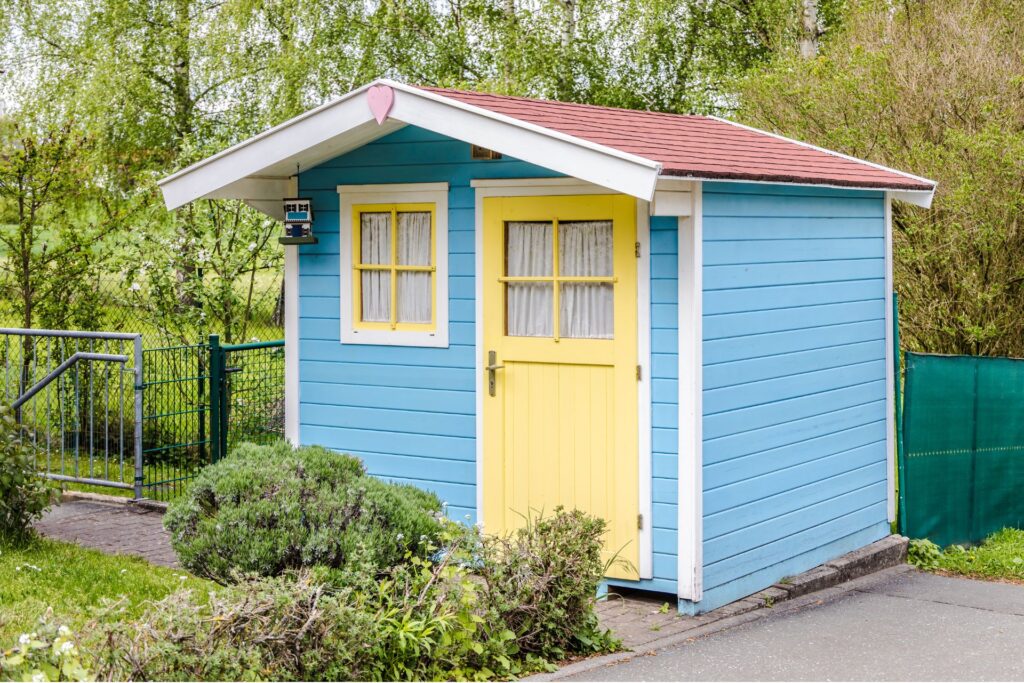
Size And Its Impact On Cost
When planning to build a shed, understanding the correlation between the size of the shed and its associated costs is crucial. Shed sizes typically range from small, medium, to large, each serving different storage needs and impacting the overall budget differently. Below, we’ll explore common shed sizes, how these dimensions influence the cost, and provide average price ranges for each category. This guide aims to help homeowners make informed decisions when selecting a shed size that fits both their needs and budget.
Common Shed Sizes
Sheds come in various sizes, tailored to accommodate a range of functions from simple tool storage to extensive workshops or garages. Here are the typical dimensions:
Small Sheds: Typically around 3×3 meters, these compact sheds are perfect for storing garden tools, bicycles, and other small equipment.
Medium Sheds: At about 6×3 meters, these are more versatile and can house larger items like lawnmowers, and motorcycles, or serve as a small workshop.
Large Sheds: Measuring approximately 10×5 meters, large sheds are suitable for those needing substantial space for vehicles, extensive workshop areas, or large amounts of storage.
Impact of Size on Cost
The size of a shed significantly affects its price, primarily due to the materials required and the complexity of the construction. Larger sheds not only need more materials but may also require stronger structural supports, specialized foundations, and more labor, which contribute to higher costs.
Small Sheds: Due to their compact size, they require fewer materials and less labor, making them the most cost-effective option. These are ideal for homeowners looking for a budget-friendly choice that meets basic storage needs.
Medium Sheds: These sheds strike a balance between space and cost. They offer substantial storage capacity without a steep increase in price, making them a popular choice for many homeowners.
Large Sheds: With the increased material requirements and potential complexities in design and construction, large sheds are the most expensive. They are best suited for those who need ample space and have a higher budget to accommodate these needs.
Average Cost Ranges
Costs can vary based on materials, customization, and installation complexities, but here are some general price ranges for each shed size:
Small Sheds: Typically range from $800 to $2,000. These are often pre-fabricated kits which are less expensive than custom-built structures.
Medium Sheds: Prices can range from $3,000 to $7,000, influenced by materials and whether the shed is pre-fabricated or custom.
Large Sheds: Costs start around $10,000 and can go up to $20,000 or more, depending on the complexity and customization involved.
Choosing the right shed size is a balance between space requirements and budget constraints. By understanding the typical sizes and how they affect costs, homeowners can better plan their shed projects to align with their storage needs and financial capabilities. Whether you need a small shed for basic garden tools or a large one for extensive storage and workspace, there’s a size and price range to match your requirements.
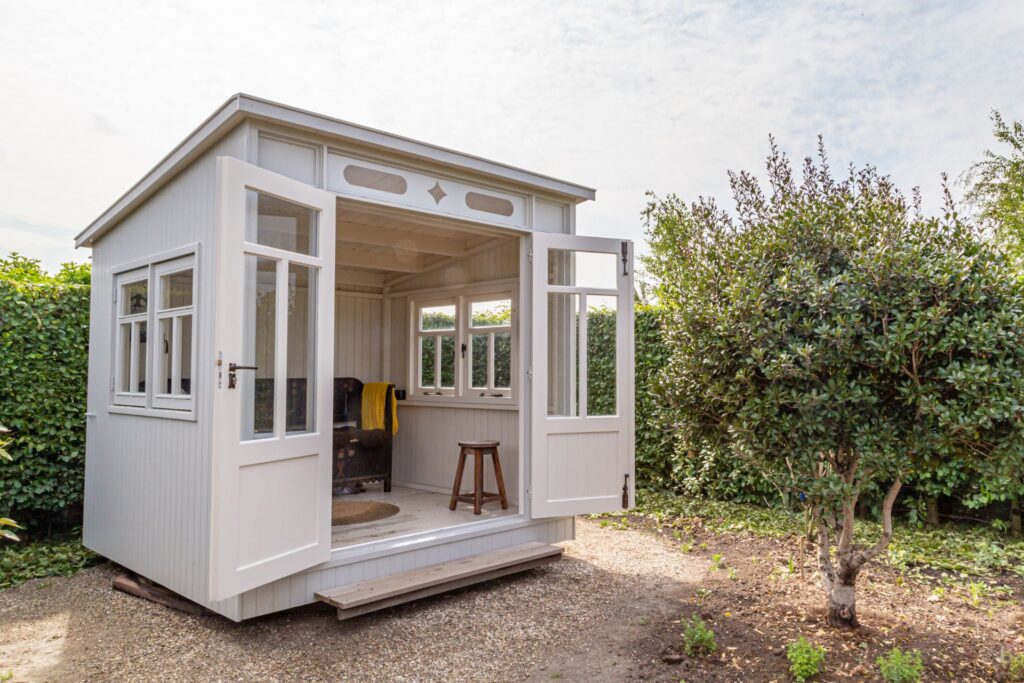
Cost Factors Involved In Shed Installation
When considering the installation of a shed, understanding the various cost factors involved is crucial to budgeting effectively and making informed choices. Here’s a detailed breakdown of what you need to consider:
Materials
The choice of materials is a primary cost determinant in shed construction. Common materials include wood, metal, and plastic, each varying in price and durability. Wooden sheds, often favored for their aesthetic appeal, can be more expensive due to the cost of quality timber and required treatments against weather and pests. Metal sheds, typically made from aluminum or steel, offer durability and resistance to pests, often at a lower cost than wood. Plastic sheds, made from vinyl or resin, provide a budget-friendly option with the advantage of being low maintenance and resistant to rot.
Labor
Labor costs can vary significantly depending on the complexity of the shed design and the local labor market. In New Zealand, the average labor cost for shed installation can range from a few hundred to several thousand New Zealand dollars. Custom designs or large, complex structures require more hours of work and skilled craftsmanship, thus increasing labor costs.
Foundation/Base
The type of foundation you choose for your shed also influences the overall cost. A solid and stable foundation is essential to ensure the longevity of the shed. Common types include concrete slabs, which are ideal for large or heavy sheds but can be expensive; wooden foundations, suitable for smaller and lighter structures; and metal foundations, which can offer a good balance of cost and durability for medium-sized sheds. The choice of foundation often depends on the shed’s size, the ground conditions of the site, and the local climate.
Location Accessibility
The accessibility of the installation site can significantly impact costs. Sites that are difficult to access with machinery or require extensive preparation work will lead to higher installation costs. Factors such as distance from the nearest road, the need for clearing vegetation, leveling the ground, or even the need to manually transport materials can all increase labor and material costs.
Permits and Regulations
Depending on your locality, installing a shed may require specific permits or adherence to certain regulations, which can add to the cost. It’s important to check with local authorities about any necessary permits, zoning laws, or building codes before starting your project. Failure to comply can result in fines or additional costs to modify the structure to meet legal standards.
Understanding these factors will help you estimate the overall cost of installing a shed and plan your project accordingly. Always consider obtaining multiple quotes from contractors and checking reviews to ensure you select reputable professionals for your installation. This thorough planning will not only help manage costs but also ensure that your shed meets all required standards and serves your needs for years to come.
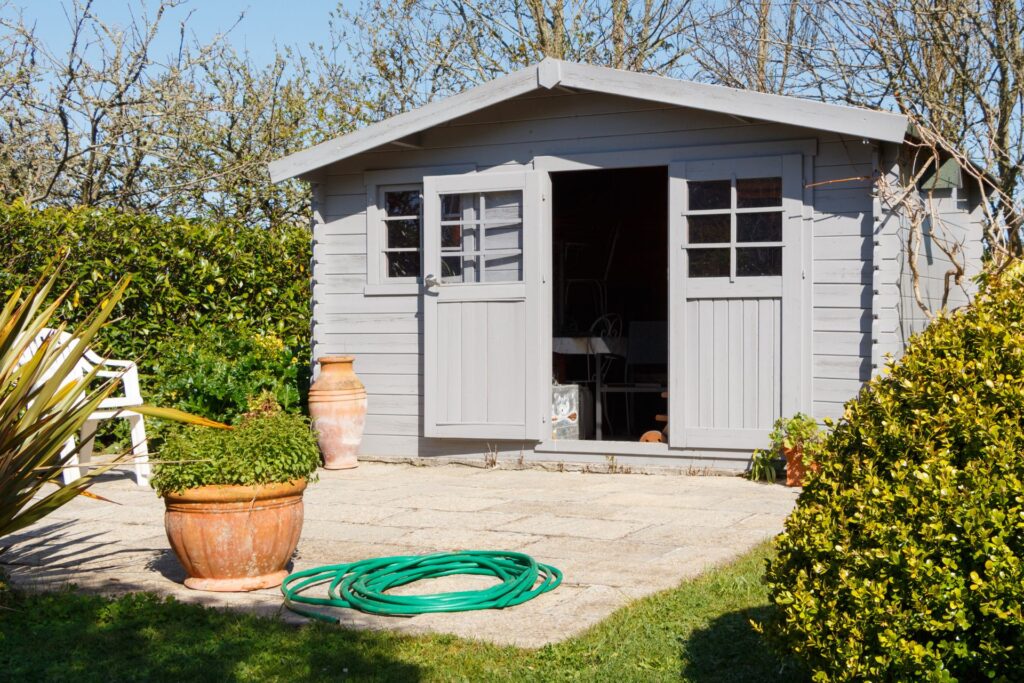
DIY Vs. Professional Installation
Choosing between DIY and professional installation for your shed is an important decision that hinges on various factors including cost, time, safety, and the quality of the result. This guide provides a comprehensive analysis of each approach to help you make an informed decision.
Pros and Cons of DIY Shed Installation
Pros:
1. Cost-Effective: Typically, opting for a DIY shed installation can save you money. You avoid labor costs associated with professional services.
2. Flexibility: DIY allows you to work at your own pace and on your own schedule. You have the freedom to make adjustments or changes as you go along.
3. Personal Satisfaction: Completing the shed installation yourself can provide a sense of accomplishment and pride in your handiwork.
Cons:
1. Time-Consuming: If you are not experienced, DIY projects can take significantly longer to complete than initially planned.
2. Risk of Mistakes: Without professional expertise, you might face challenges that can result in construction errors, potentially compromising the shed’s structure.
3. Physical Labor: Building a shed requires physical effort, which might be demanding, especially if you’re not accustomed to manual labor.
Safety Considerations and Skill Level Required for DIY
Safety is paramount when considering a DIY shed installation. Here’s what you need to consider:
Skill Level: You should have a basic understanding of construction tools and techniques. Novices might find the project challenging.
Equipment: Proper tools are essential for safe and efficient assembly. Lacking the right tools can increase the difficulty and danger.
Physical Safety: Heavy lifting and the use of power tools require careful handling to avoid injuries.
The Benefits of Professional Shed Installation
Hiring professionals to install your shed can offer numerous advantages:
1. Expertise and Experience: Professionals bring knowledge and skills that ensure the shed is constructed correctly and safely.
2. Time Efficiency: Experts can complete the installation much faster than an inexperienced homeowner.
3. Quality Assurance: Professional installers often provide warranties or guarantees on their work, ensuring long-term reliability and peace of mind.
4. Convenience: By hiring professionals, you avoid the physical labor and the time investment required for a DIY project.
The decision between DIY and professional installation of your shed depends on several factors including your skills, budget, and time constraints. If you are comfortable with tools, have the time, and prefer a hands-on approach, DIY could be a fulfilling option. However, for guaranteed quality, safety, and efficiency, professional installation is advisable. Consider your situation and choose the best option to meet your needs, ensuring that your shed is a functional and enduring addition to your property.
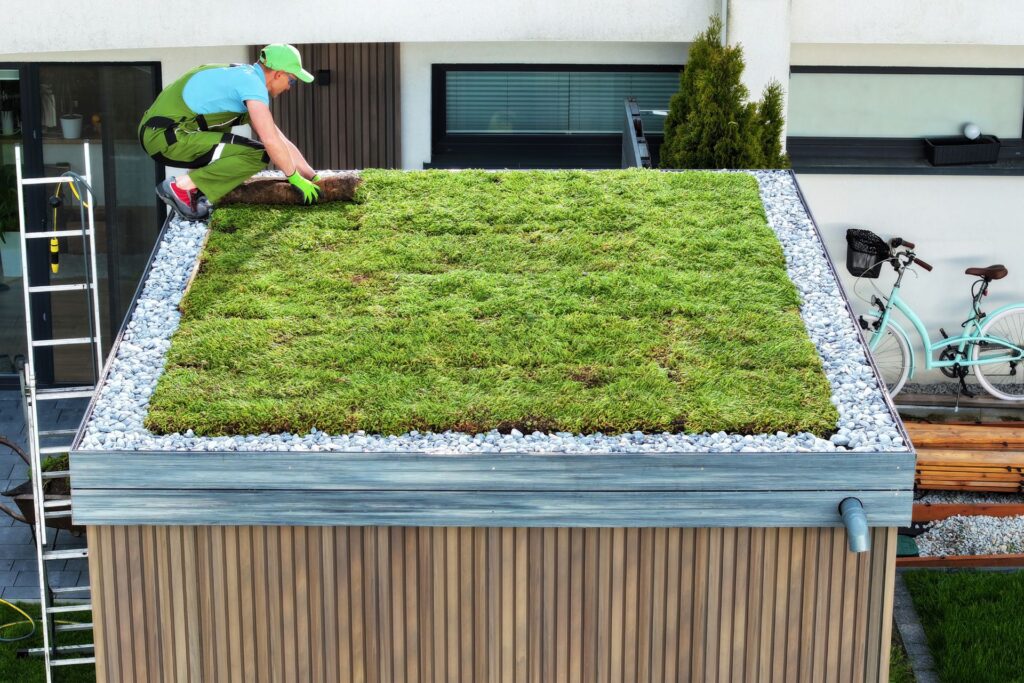
Additional Costs To Consider
When planning to install a shed, whether for storage, a workspace, or an additional living area, it’s important to factor in not just the purchase price or construction costs but also the additional expenses that will influence both the project’s upfront costs and its long-term viability. Here’s a detailed look at some of the critical additional costs you should consider.
Utility Installation
Integrating utilities such as electricity and plumbing into your shed can significantly enhance its functionality, making it suitable for more than just storage. Here’s what you need to know:
Electricity: Installing electrical wiring involves not only the cost of the materials but also labor costs, which can vary depending on the complexity of the installation and local rates. Consider whether you need lighting, outlets, or heating and cooling. These factors will dictate the extent of the wiring required and the overall cost.
Plumbing: If you plan on having a sink, bathroom, or any water service in your shed, plumbing costs can be considerable. This includes the cost of pipes, fixtures, and professional installation. The distance from existing water and sewage lines will also affect the total expense.
Customization
Custom features can turn a standard shed into a tailored space that fits specific needs and aesthetics. Here are common customizations and their associated costs:
Windows: Adding windows can improve natural light and ventilation. The cost will vary depending on the size and type of windows chosen.
Shelving: Built-in shelves enhance organization but require additional materials and labor. The cost depends on the material used (e.g., wood, metal) and the complexity of the design.
Insulation: Proper insulation is crucial if you plan to use the shed year-round, particularly in climates with extreme weather. Costs include not just the insulation materials but also additional labor for installation.
Maintenance
Maintaining a shed is essential to ensure its longevity and functionality. Here’s what you should budget for:
Routine Checks: Regular inspections to check for issues such as roof leaks, wood rot, or pest infestations can prevent major repairs later.
Repairs: Depending on the materials used (wood, metal, vinyl), some sheds may require more upkeep than others. For instance, wooden sheds might need periodic staining or painting to protect against weather.
Cleaning: Keeping the shed clean and free from debris not only prolongs its life but also helps maintain its appearance and usability.
By considering these additional costs when planning your shed, you can create a budget that reflects the true cost of the project and ensures that your shed meets your needs both immediately and in the long term. This thorough planning will not only save you money but also enhance the value and utility of the shed. Remember, a well-constructed and maintained shed can be more than just a simple storage area; it can be an integral part of your home and lifestyle.
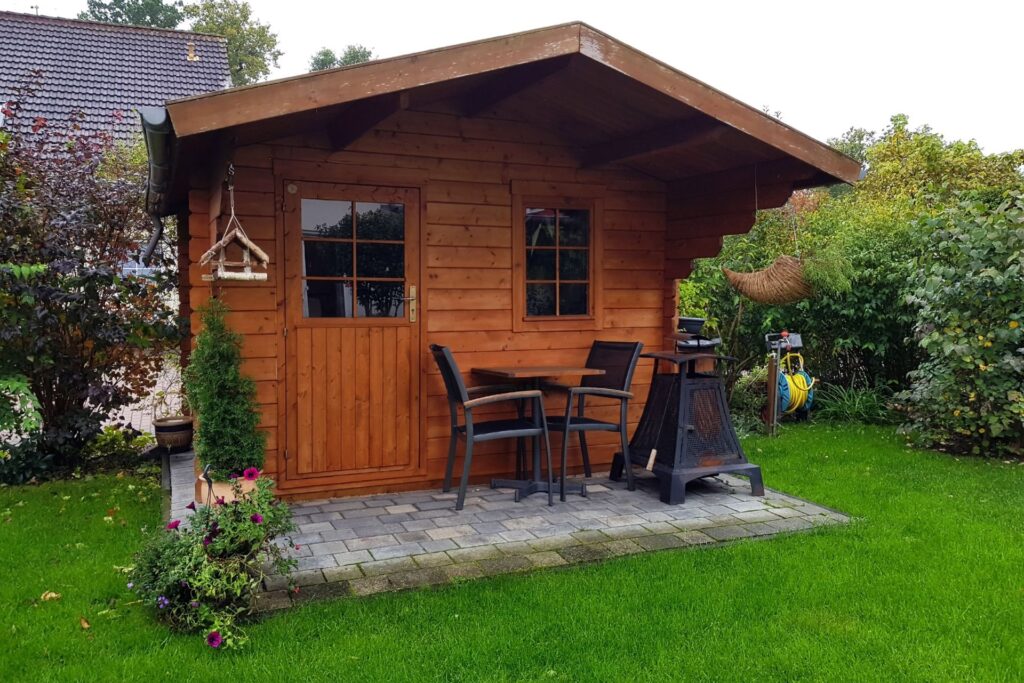
How To Save Money On Your Garden Shed Installation
Installing a garden shed can be a practical addition to your home, offering extra storage space and enhancing your backyard’s aesthetic. However, the cost can sometimes be a hurdle. This guide will provide you with essential tips to navigate the process efficiently, ensuring you get the best value for your money.
Choosing the Right Shed Type and Size
Assess Your Needs
Before making a purchase, it’s crucial to assess what you need in a garden shed. Consider what you will store in it—tools, gardening supplies, bicycles, etc.—and how much space these items will require. Also, think about the future; your storage needs may increase, so choosing a slightly larger shed than your current needs might save money in the long run by avoiding the need for another purchase.
Opt for the Right Material
Garden sheds come in various materials, each with its own set of benefits and cost implications:
Wood: Classic and customizable but requires regular maintenance.
Metal: Durable and low maintenance, often more affordable than wood.
Plastic/Resin: Least expensive, easy to assemble, and virtually maintenance-free, though less sturdy than metal or wood.
Selecting the right material based on your budget and the level of maintenance you’re willing to commit to can significantly impact the overall cost.
Size Matters
While it might be tempting to go for a larger shed, it’s important to consider your actual space and needs to avoid overspending. Measure the space you have available and ensure there is enough room for not only the shed but also for easy access around it.
Comparing and Selecting Contractors
Get Multiple Quotes
Once you’ve decided on the type of shed, getting quotes from several contractors or installation services is advisable. This will give you a clearer picture of the market rates and help in finding a deal that best fits your budget.
Check Reviews and References
Before hiring a contractor, check their reviews and ask for references. This step is crucial as it helps ensure that you hire a reliable professional who delivers quality work within your budget. A contractor with excellent reviews but slightly higher rates might offer better value in the long run through quality workmanship and materials.
DIY Installation
Consider whether you can install the shed yourself. Many shed kits are designed for easy assembly, allowing you to save on labor costs. If you’re handy with tools, this could be a cost-effective solution.
Seasonal Buying Tips
Shop During Off-Peak Seasons
The best times of the year to purchase garden sheds at lower prices are typically during the off-peak seasons. Late fall and winter are when demand for outdoor structures drops, and retailers are more likely to offer discounts to clear inventory.
Look for Sales and Discounts
Keep an eye out for sales during major holidays or end-of-season clearances. Many home improvement stores offer significant discounts during these times.
Plan Ahead
If you’re not in a rush, planning your purchase can lead to substantial savings. Monitoring prices over time can help you spot the best deals, potentially saving you a considerable amount of money.
Saving money on your garden shed installation requires a mix of strategic planning, thorough research, and careful selection of both the shed and the installation service. By following these tips, you can make informed decisions that lead to a cost-effective and satisfying addition to your home.
By implementing these strategies, homeowners can efficiently enhance their outdoor space while managing costs effectively. Whether you’re installing your first shed or replacing an old one, these tips will ensure that you maximize your investment.
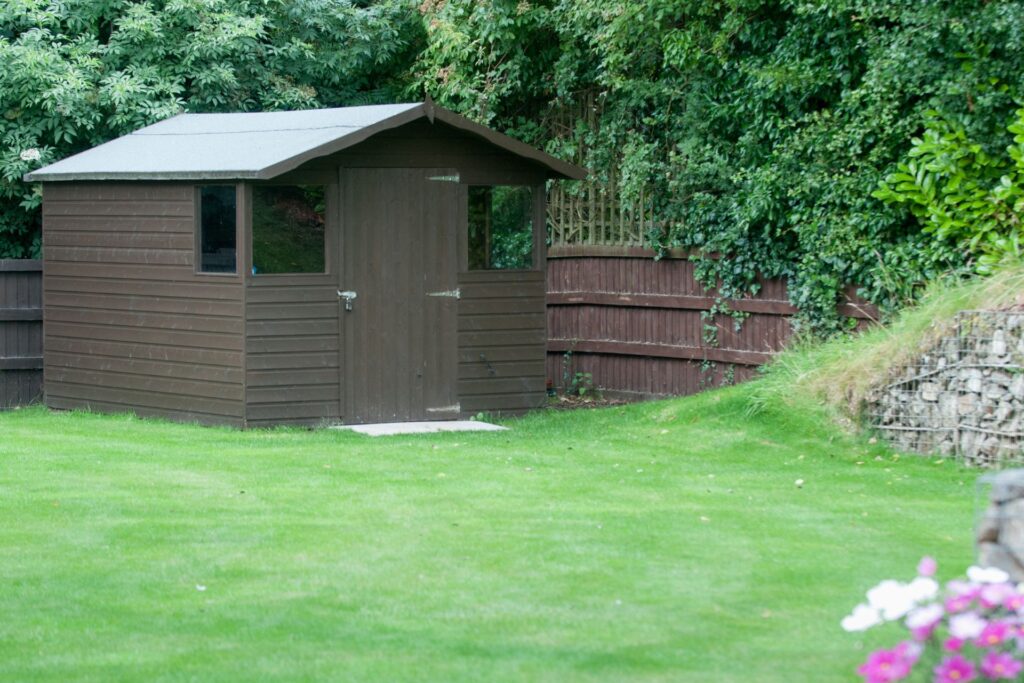
Step-By-Step Guide To Garden Shed Installation (DIY Focus)
Creating a functional and attractive garden shed in your backyard can be a rewarding DIY project. Not only does it provide a space for storage and hobbies, but it also adds value to your property. Here, we provide a comprehensive, step-by-step guide that will help you install your garden shed with ease, including a checklist of tools and materials and tips on avoiding common pitfalls.
Basic Steps in a DIY Shed Installation Project
1. Planning and Preparation
Before you begin, it’s crucial to select the right location. Look for a level, well-drained area that’s accessible and free from overhanging trees. Consider the direction of sunlight and wind. Obtain any necessary permits from your local building authority to ensure compliance with zoning laws and building codes.
2. Foundation and Floor Framing
A solid foundation is key to the longevity of your shed. Options include a concrete slab, paving stones, or a wooden frame filled with gravel. Once the foundation is set, construct the floor frame using pressure-treated lumber to resist moisture and decay.
3. Wall Framing
Construct the walls on the ground and then raise them into place. Ensure they are securely anchored to the floor frame. Use a carpenter’s level to make sure the walls are plumb and square before proceeding.
4. Roof Installation
The roof can be either a simple single slope or a more traditional gabled roof, depending on your design. Install roof trusses and cover them with roofing felt and your chosen roofing material, such as shingles or metal roofing.
5. Doors and Windows Installation
Install doors and windows, ensuring they fit snugly and operate smoothly. Use weather stripping to enhance insulation and protect against water leakage.
6. Finishing Touches
Apply exterior paint or stain to protect the wood and complement your home’s aesthetic. Consider adding trim and other decorative elements to personalize your shed.
Tools and Materials Checklist
To efficiently manage your shed installation, having the right tools and materials is essential. Here’s a comprehensive checklist:
Tools
- Tape measure
- Carpenter’s level
- Circular saw
- Power drill with bits
- Hammer
- Square
- Ladder
- Safety goggles and gloves
Materials
- Pressure-treated lumber (for framing)
- Plywood (for flooring and walls)
- Roofing felt and shingles or metal roofing
- Hinges and handles (for doors)
- Weatherstripping (for doors and windows)
- Nails, screws, and fasteners
- Exterior paint or stain
Common Pitfalls and How to Avoid Them
1. Poor Foundation
The most common mistake in shed building is skimping on the foundation. Ensure your foundation is level and sturdy to avoid structural issues down the line.
2. Inadequate Planning
Underestimating the importance of detailed planning can lead to issues with material shortages and non-compliant structures. Always start with a clear plan and detailed measurements.
3. Ignoring Weather Protection
Failing to properly seal and protect your shed from the elements can lead to premature decay. Use quality paints or stains and ensure your roofing is waterproof.
4. Neglecting Local Building Codes
Skipping the step of obtaining necessary permits and ignoring local building codes can result in fines or required alterations after your shed is built. Always check with your local building authority first.
Following this guide will not only make your DIY garden shed installation project smoother but also more successful. By preparing thoroughly, using the right materials, and employing the correct tools, you’ll create a durable and pleasing garden shed that meets your needs and enhances your outdoor space.

Case Studies/Real-Life Examples
When it comes to adding functional space to your home, installing a garden shed can be a transformative decision. This section delves into the experiences of several New Zealanders who have added various types of garden sheds to their properties. By exploring their stories, we aim to provide you with a comprehensive view of what to expect in terms of costs, timelines, and practical tips directly from homeowners. Whether you’re considering a simple tool shed or a more elaborate workshop, these real-life examples will help guide your decision-making process.
Case Study 1: The Compact Tool Shed in Auckland
Homeowner: John and Emma Thompson
Type of Shed: Prefabricated steel tool shed
Cost: NZD 1,200
Installation Timeline: 2 weekends
Personal Advice: “Start small if you’re unsure; it’s easier to scale up later.”
John and Emma needed a straightforward solution to manage their burgeoning collection of gardening tools. They chose a small, prefabricated steel shed, which they installed over a couple of weekends. The total cost included the shed kit and base materials, which they sourced from a local home improvement store. Their advice for new shed owners is to consider starting small, as it provides flexibility to expand or modify the shed as your needs grow without a significant upfront investment.
Case Study 2: The Custom Workshop in Christchurch
Homeowner: Michael T.
Type of Shed: Custom-built wooden workshop
Cost: NZD 5,500
Installation Timeline: 4 months
Personal Advice: “Invest in quality materials and a good plan; it pays off in the long run.”
Michael, an amateur woodworker, required more than just storage—he needed space to pursue his projects. Opting for a custom-built workshop allowed him to tailor the dimensions and features to his specific needs. The project took four months, primarily during weekends, with some professional help for the electrical and roofing work. Investing in high-quality materials and a clear construction plan was crucial for him. His workshop not only serves as a personal retreat but has also added value to his property.
Case Study 3: The Garden Office in Wellington
Homeowner: Lisa R.
Type of Shed: Modern garden office
Cost: NZD 8,000
Installation Timeline: 6 weeks
Personal Advice: “Don’t underestimate the need for proper insulation and lighting.”
With the rise of remote work, Lisa decided to convert a section of her garden into a dedicated office space. She invested in a modern shed design with large windows, proper insulation, and efficient lighting. The project was completed in six weeks, including custom interior fittings. For those looking to replicate her set up, she stresses the importance of creating a comfortable, climate-controlled environment, especially if you plan to spend significant hours in the shed.
Each of these case studies from New Zealand provides insights into the practical aspects of choosing, installing, and enjoying a garden shed. Whether you opt for a prefabricated model or a custom build, understanding your primary needs and budget is crucial. Remember, a well-planned garden shed not only meets your immediate needs but can also enhance your property’s appeal and functionality.

FAQs: About Garden Shed Installation Costs In New Zealand
Conclusion
Concluding our comprehensive discussion on garden shed installation, it’s essential to underscore the significant aspects covered throughout this blog post. Careful planning cannot be overstated; it is crucial to meticulously consider every detail, from selecting the right materials to understanding the full scope of costs associated with the project. Whether you’re a novice embarking on your first DIY project or a seasoned builder, these insights will ensure a smooth installation process. To enrich our community’s knowledge and exchange valuable tips, we encourage you to share your personal experiences or reach out to a professional for more specialized advice. Your contributions not only help others but also enhance the wealth of resources available for successful garden shed projects.
Find A Landscaping Company Near You
- Landscaping Auckland
- Landscaping Kapiti
- Landscaping Levin
- Landscaping Porirua
- Landscaping Upper Hutt
- Landscaping Wellington
About the Author:
Mike Veail is a recognized digital marketing expert with over 6 years of experience in helping tradespeople and small businesses thrive online. A former quantity surveyor, Mike combines deep industry knowledge with hands-on expertise in SEO and Google Ads. His marketing strategies are tailored to the specific needs of the trades sector, helping businesses increase visibility and generate more leads through proven, ethical methods.
Mike has successfully partnered with numerous companies, establishing a track record of delivering measurable results. His work has been featured across various platforms that showcase his expertise in lead generation and online marketing for the trades sector.
Learn more about Mike's experience and services at https://theleadguy.online or follow him on social media:



